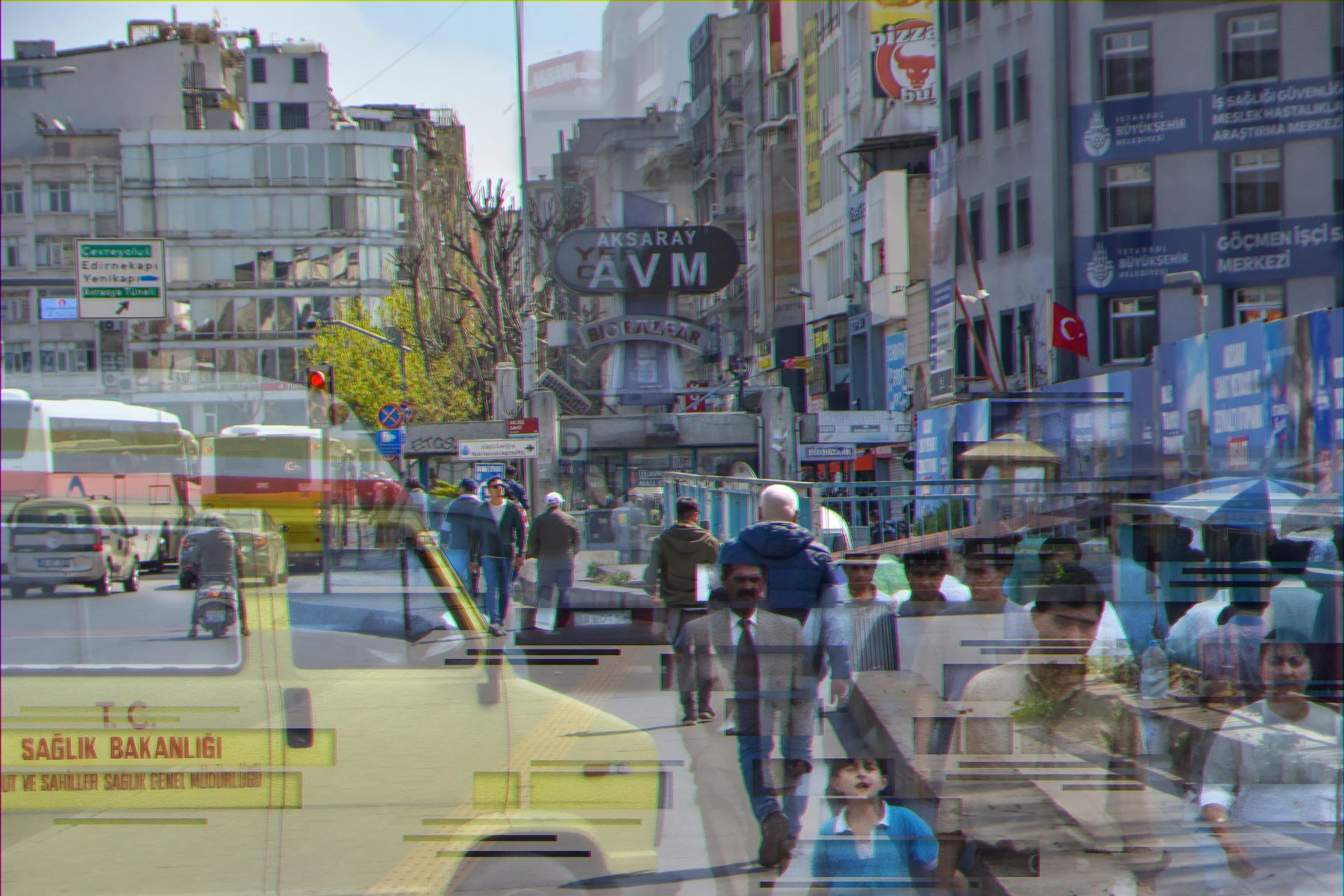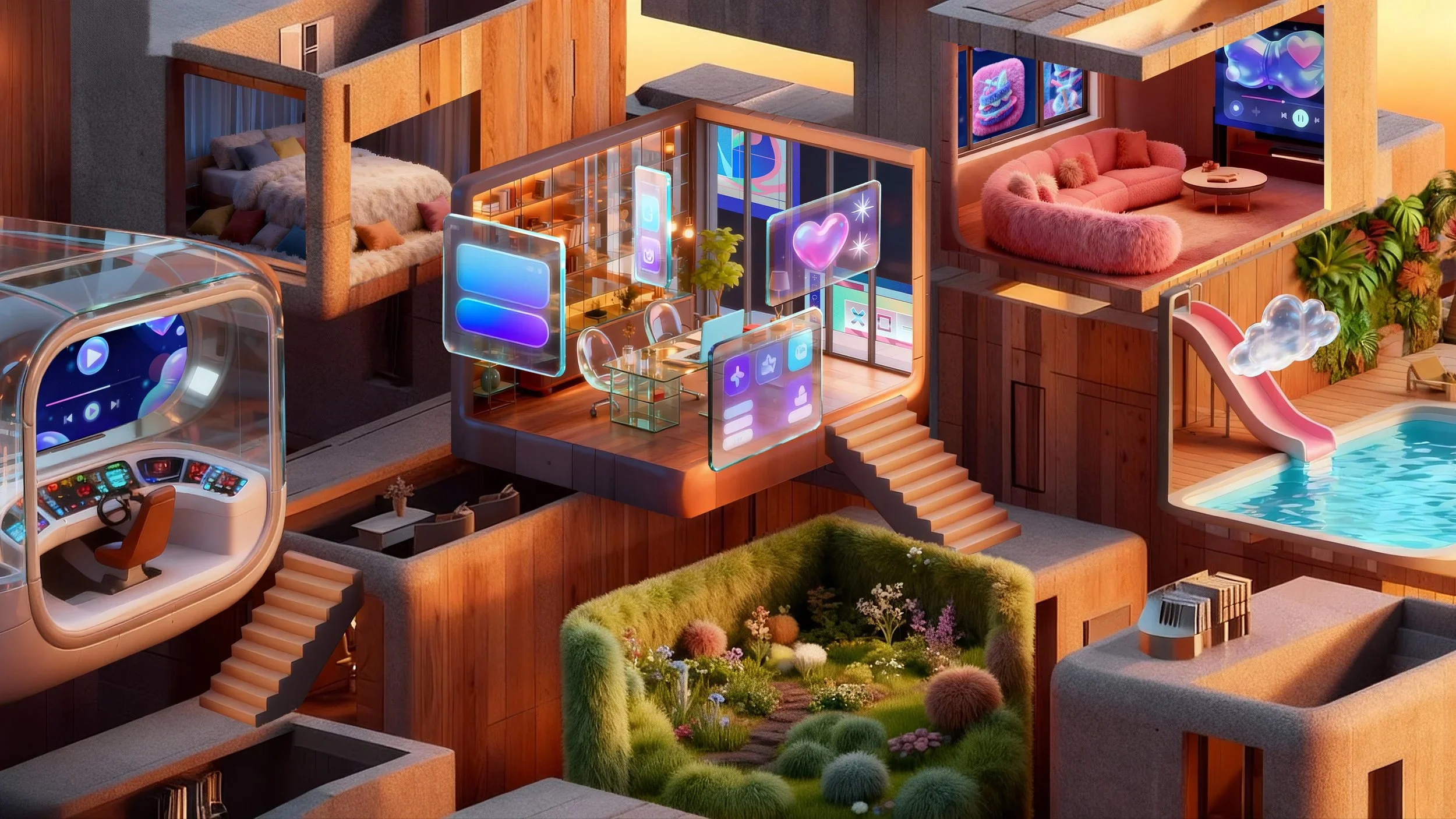10 Questions with Zichun Wang
Zichun Wang is an award-winning motion designer with a passion for branding and storytelling through design and animation. Her professional journey began at Cision, where she collaborated with cross-functional teams to develop visual assets for digital ads, promo videos, and social media. After her time at Cision, she joined the CNN Design team, creating graphic packages for live news programs and documentaries. Her work included animating title sequences, show opens, and transitions for projects like The Whole Story With Anderson Cooper, The Many Lives of Martha Stewart, and TV on the Edge. In 2024, she joined the National Hockey League as a graphic artist, where she crafts visually dynamic content for television and digital platforms.
Zichun Wang - Portrait
ARTIST STATEMENT
Zichun Wang is a motion design artist based in vibrant New York City. She is passionate about crafting visual experiences that both inspire and engage. Her work centers on capturing and amplifying the essence of a story to help viewers connect and understand on a deeper level. Through motion design, she brings stories to life in dynamic, captivating ways—whether it's with animated characters or intricate compositions. Her goal is to evoke emotion and immerse audiences in the narrative, creating art that leaves a lasting impact and adds a little extra magic to the world.
Tadpoles, Digital, 1920x1080 px, 2020 © Zichun Wang
INTERVIEW
What initially inspired your passion for motion design and storytelling through animation?
My passion for motion design and storytelling through animation comes from a deep appreciation for visual communication and the power to evoke emotions. I was initially inspired by the blend of art and technology, the ability to bring static visuals to life, and the challenge of crafting compelling narratives through motion. My journey has been influenced by a desire to push creative boundaries, experiment with new techniques, and satisfy my audiences.
Can you share how your experiences at Cision and CNN shaped your approach to motion design?
My experiences at Cision and CNN exposed me to high-paced and content-driven environments. Working in a fast-paced news setting improved my ability to create dynamic visuals under tight deadlines while ensuring accuracy and impact. It also deepened my understanding of brand communication and data visualization.
Error, Digital, 1920x1080 px, 2021 © Zichun Wang
What was it like creating graphic packages for high-profile projects like The Whole Story With Anderson Cooper?
It was definitely an exciting challenge and a rewarding experience for me. I had the opportunity to collaborate with many excellent producers, editors, and creative teams, balance creativity with clarity, ensuring that the visual elements complemented the storytelling while maintaining the network's brand identity.
How do you approach crafting visually dynamic content for the NHL compared to your previous roles?
Unlike news and documentary storytelling, sports design demands high-energy visuals that capture the excitement and intensity of the game. It allows for more creative freedom, like incorporating vibrant color schemes, glitch effects, and kinetic animations that resonate with passionate fans.
Your work focuses on amplifying the essence of a story. How do you identify and translate that essence into your designs?
Every time I start a new project, I always start by analyzing the core themes, emotions, and messages that need to be conveyed. I always ask: What is the driving force behind this story? and How should the audience feel? Once I pinpoint the essence, I translate it visually by choosing the right color palette, typography, motion styles, and pacing. For emotionally charged narratives, I may use subtle animations, smooth transitions, and restrained design elements to let the story breathe.
Evolution, Digital, 1920x1080 px, 2024 © Zichun Wang
From History, Digital, 1920x1080 px, 2023 © Zichun Wang
What role does collaboration play in your creative process, especially when working with cross-functional teams?
Collaboration is an essential part of my creative process, especially working with designers, producers, editors, writers, and other stakeholders. I value feedback from them because I can refine my work to better serve the project's objectiveswhile still pushing creative boundaries.
How does living in New York City influence your artistic perspective and work?
The city's constant buzz and diversity shape my creativity. The city's art, architecture, and vibrant culture inspire my designs. The fast pace of life here helps me stay quick and adaptable.
Collage Collection, Digital, 1920x1920 px, 2024 © Zichun Wang
What do you hope viewers feel or take away from the motion designs you create?
I hope my viewers can feel my passion for art and my positive attitude toward life.
Lastly, where do you see motion design evolving in the future, and how do you hope to contribute to its growth?
I think motion design will evolve into an even more immersive and interactive medium driven by advancements in AI and AR/VR. I hope to contribute to this growth by continuing to experiment with emerging tools and techniques and blending motion design with new technologies to create more engaging and dynamic experiences.
Artist’s Talk
Al-Tiba9 Interviews is a promotional platform for artists to articulate their vision and engage them with our diverse readership through a published art dialogue. The artists are interviewed by Mohamed Benhadj, the founder & curator of Al-Tiba9, to highlight their artistic careers and introduce them to the international contemporary art scene across our vast network of museums, galleries, art professionals, art dealers, collectors, and art lovers across the globe.




















